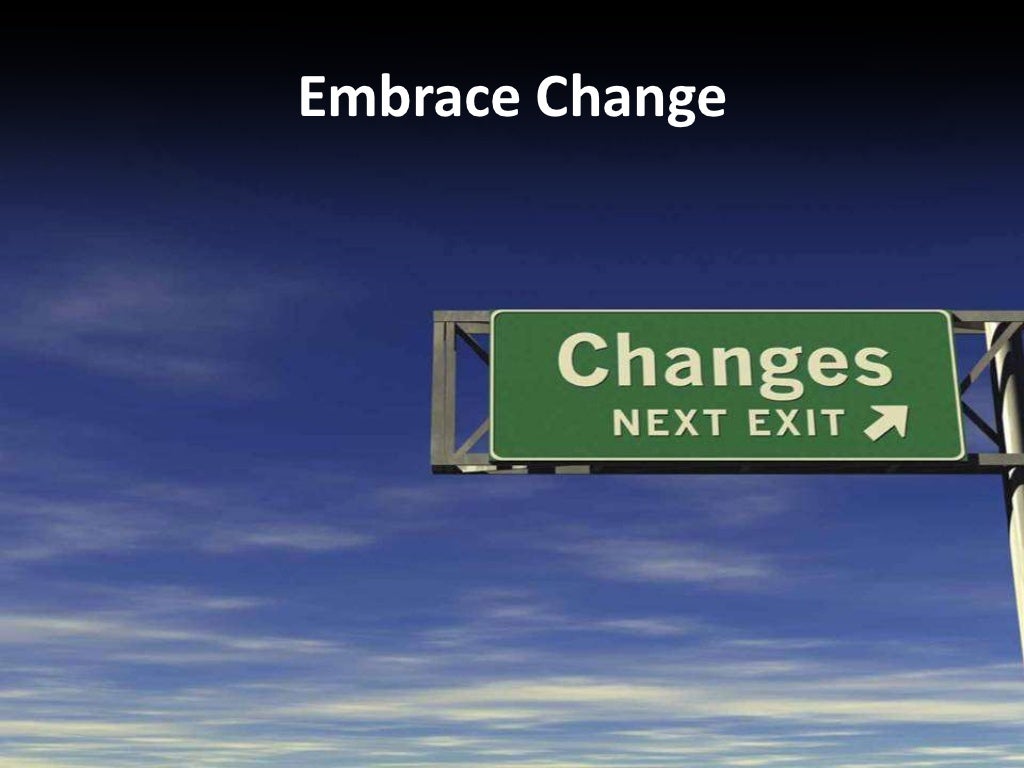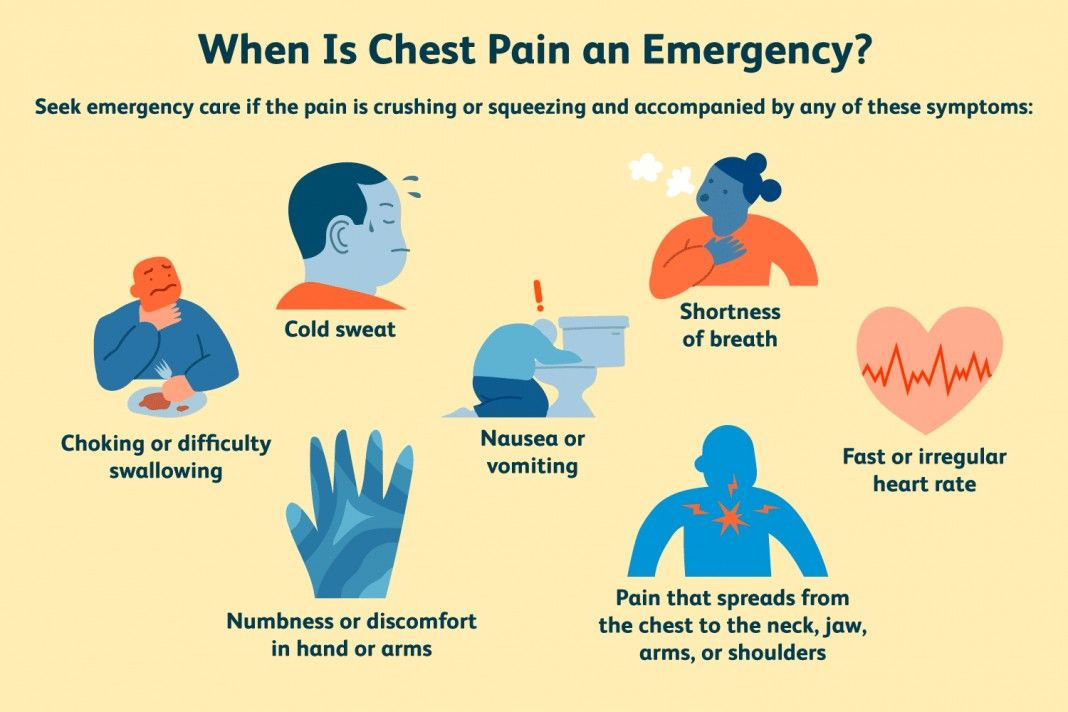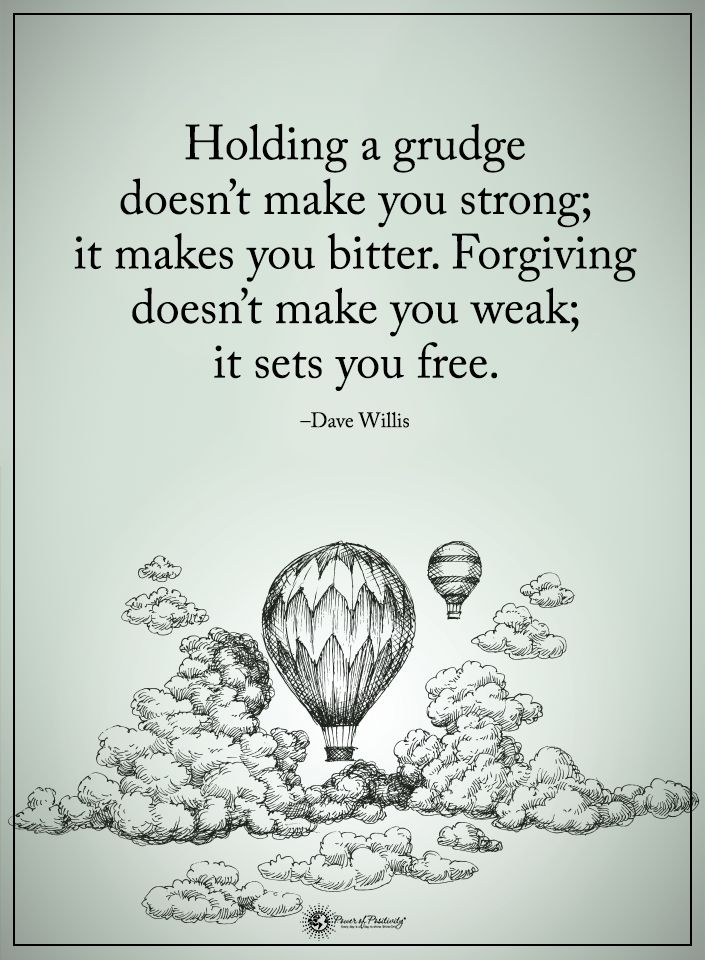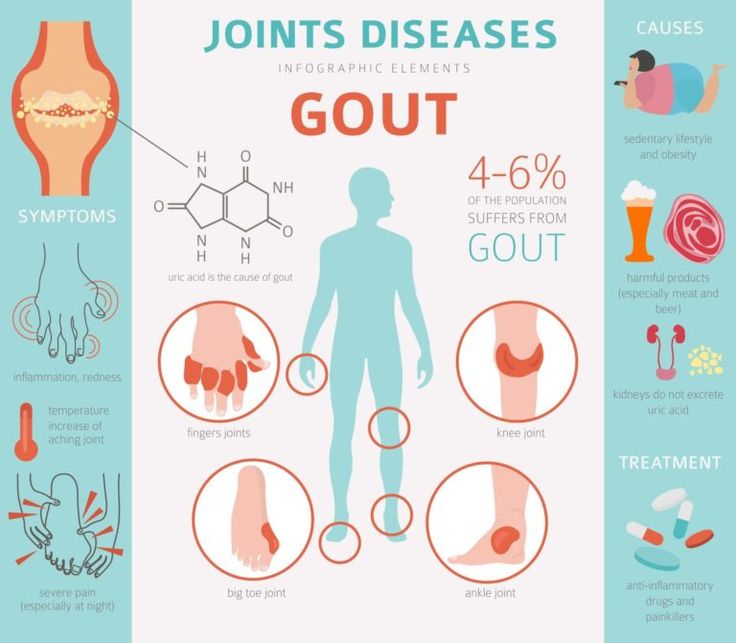Horse therapy for anxiety
Anxiety Therapy & Therapists | The Healing Power of Horses
Overcome your anxiety with Integrative Equine Therapy (IET), a horse-centered, natural therapy that builds new neural pathways and changes habitual reactions permanently.
There’s no riding involved in IET. Our specially selected horses, together with a trained IET therapist work with you in a natural setting, using an evidence-based protocol that provides the anxiety relief you’ve been searching for.
Contact Us To Learn More
What is Anxiety?
Anxiety disorders are the most common mental illnesses in the United States, affecting over 40 million people. 1 in 5 individuals experience anxiety during childhood and therefore respond anxiously to situations as they mature. Our minds are wired to inherit the anxiety of our parents and caregivers in order to adapt to the environment we are in. As an adult, anxiety is triggered by any one or more of the current social, political, medical or environmental stressors.
In these unprecedented times, anxiety disorders are more common than ever.
How do you know if you are experiencing anxiety? Symptoms include excessive unrest, racing heart, shortness of breath, inability to focus under stress, and panic attacks. Disproportionate levels of anxiety can also lead to physical pain. Anxiety can also be related to other thinking disorders such as depression, stress, panic or sleep disorders, phobias, OCD, and PTSD.
Is Anxiety Treatable?
Anxiety is usually self-diagnosable and highly treatable, yet only 37% of those suffering seek proper treatment - often thinking they can work through it alone instead. The problem is, when you’re experiencing anxiety, neurons are firing from the trauma center, or the amygdala rather than the conscious part of your brain where short and long term memory and conscious thoughts are stored . Those neurons have already fired before that memory can be fully stored because they’re triggered by fear, or anxiety.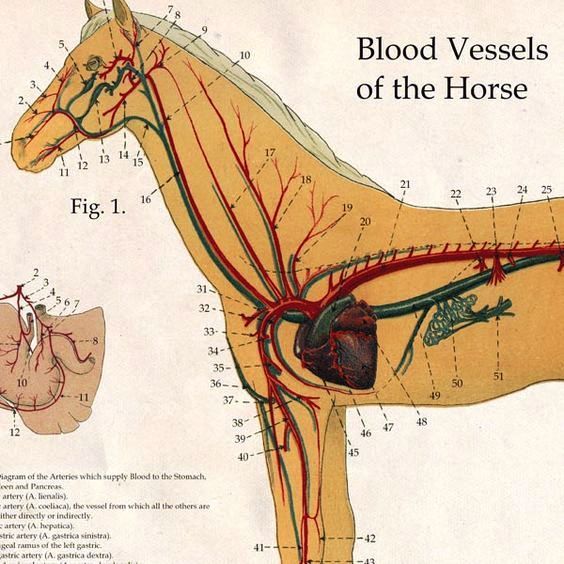 For this reason, it’s nearly impossible to overcome anxiety on your own since your conscious can rarely recognize it. It takes a professional, and a trusting environment to begin to build bridges from the subconscious to the conscious part of your brain. Integrative Equine Therapists at Beachwood have the protocol and the space to support building these new neural pathways so that you can shift perspective and even find permanent change.
For this reason, it’s nearly impossible to overcome anxiety on your own since your conscious can rarely recognize it. It takes a professional, and a trusting environment to begin to build bridges from the subconscious to the conscious part of your brain. Integrative Equine Therapists at Beachwood have the protocol and the space to support building these new neural pathways so that you can shift perspective and even find permanent change.
Beachwood's Integrative Equine Therapy (IET), is a powerful new natural approach to treating anxiety and provides relief from stress in a shorter time than conventional therapy. Integrative Equine Therapy is an alternative anxiety therapy that harnesses the unique ability of horses to observe and read the emotions of clients allowing individuals to replace ingrained negative reactions with positive responses.
Contact Us To Learn More
Integrative Equine Therapy Helps Clients Treat Anxiety
Watch the following video to hear how our Integrative Equine Therapy (IET) helped Lela overcome her anxiety and calmly manage the traumatic Los Angeles wild fires raging just outside her home.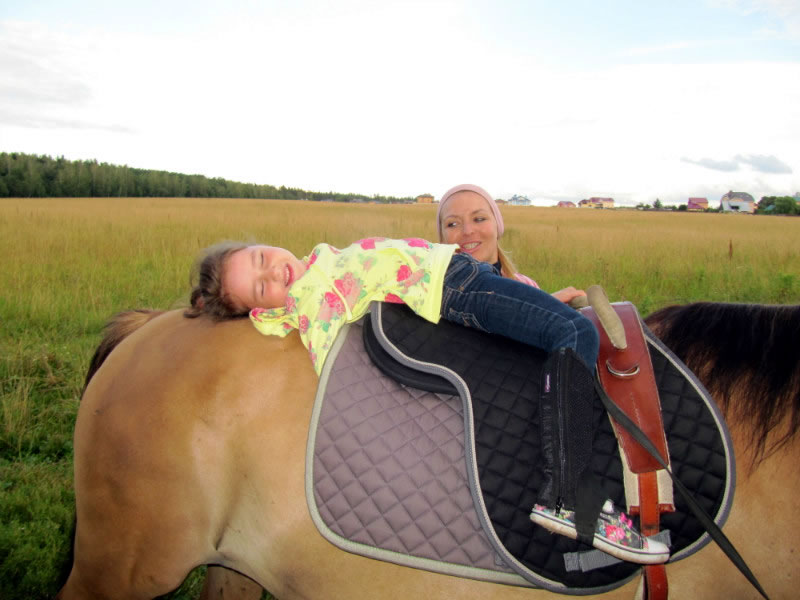
Integrative Equine Therapy has helped many, like Lela, who are suffering from anxiety. Working with our horses helps clients find and change inside themselves. Getting better shows up in a really gentle, wonderful way. A horse creates the most judgment-free space in the world.
Contact Us To Learn More
Benefits of Equine Therapy for Anxiety and How to Try It
If you live with an anxiety disorder, you have several options to consider when it comes to treatment. Not all of these approaches take place inside a therapist’s office, either.
One out-of-the-office approach to treating anxiety is equine-assisted therapy, which involves caring for and spending time with horses under the guidance of a mental health professional.
This approach doesn’t require any previous experience with a horse, and you won’t need to do any riding. Instead, you might spend your sessions doing things like stroking, grooming, feeding, or leading horses — or even simply observing them.
A 2015 report suggests any of these activities may help:
- boost self-awareness and personal insight
- promote mindfulness
- ease feelings of anxiety, fear, or stress
- relieve other emotional distress, including feelings of depression
Wondering how, exactly, horses can help improve anxiety symptoms? Interested in equine-assisted therapy as a potential treatment for yourself or a loved one?
Get the details on equine-assisted therapy for anxiety below, including what to expect from a session, key research findings, and how to find a therapist who offers equine therapy.
Each therapy session will generally include some of the following activities, depending on the type of program:
- spending time observing horses and their behavior
- grooming and brushing a horse
- offering food or treats
- leading a horse on a walk inside an enclosed area
- guiding a horse through an obstacle course or along a trail
Why these activities? There are a few reasons:
- Basic, repetitive acts of grooming can help soothe you and promote feelings of calm.
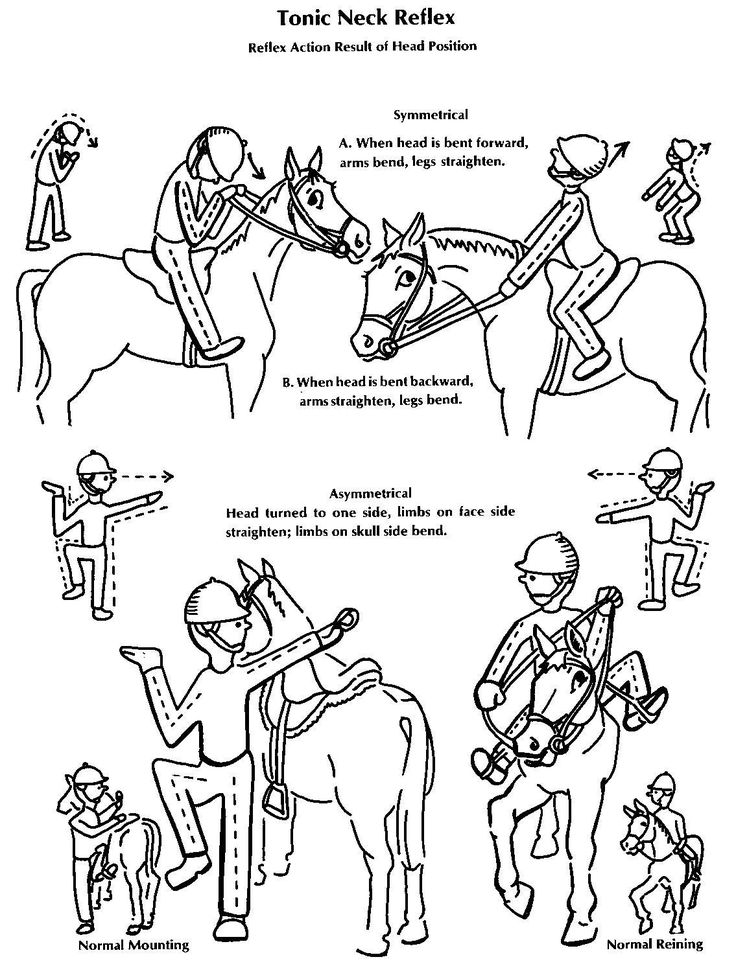
- Walking can improve your mood, so simply leading the horse may help ease anxiety.
- Feeding and caring for the horse can help you form a bond.
At all times, your therapist will stay with you and offer guidance as you interact with the horse. They may ask questions about your observations and offer support with exploring any uncomfortable feelings — or helpful insights — that surface during the experience.
Equine-assisted therapy can take a very different shape from person to person, based on the model used.
“Some of the people I work with simply appreciate being outdoors and having the horses there to make a more comfortable talk therapy setting,” explains Kelsey Devoille, a licensed marriage and family therapist in Redmond, WA. Devoille specializes in equine and talk therapy for teens and adults with anxiety, depression, and eating disorders.
“Others use the horses very intentionally, building a connection and relationship with the horse to address issues of trust, trauma, or anxiety,” she says.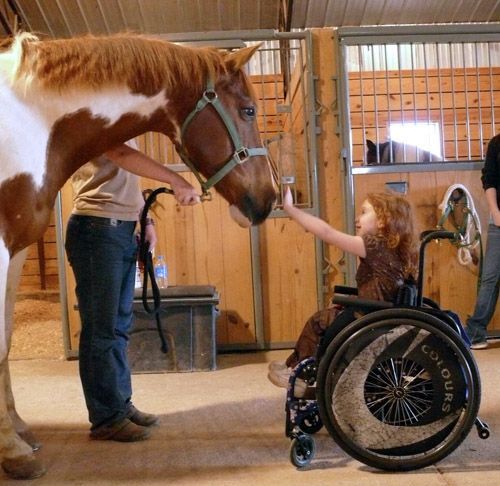
Safety firstIf your therapist notices you seem distracted or lost in your own thoughts, they might offer some gentle redirection to help you stay in the present.
This doesn’t just help you get more out of the therapy experience, it’s also essential for your own safety when working with a large and powerful animal.
You might already know some of the therapeutic benefits animals — from beloved pets to emotional support animals — can provide.
Horses are no exception.
These intelligent, highly social animals use sounds and body language to interact with the rest of their herd, and they can communicate with humans in similar ways. In fact, it’s their ability to recognize and respond to human emotions that gives them a unique role in the therapy process.
Interaction with horses can foster insight and behavioral changes through the development of emotional bonds, according to Prudence Fisher, co-director of the Man O’ War Project at Columbia University Irving Medical Center.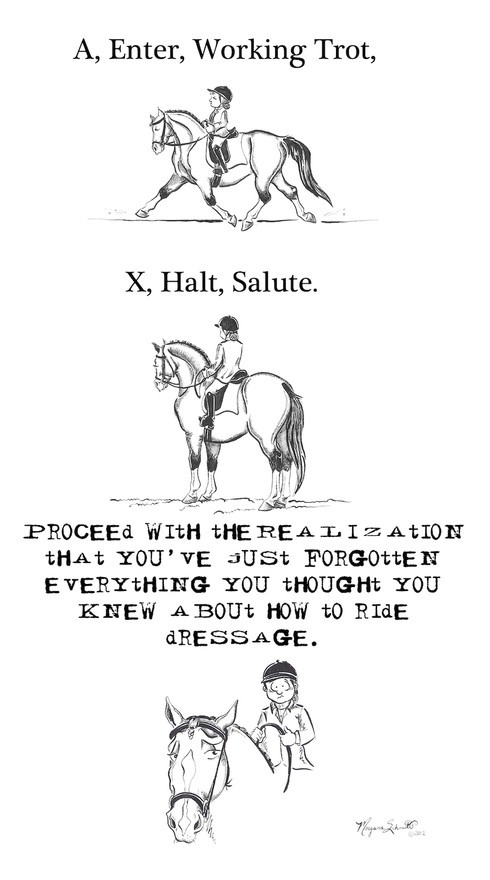 This project aims to explore and evaluate the effectiveness of equine-assisted therapy for post-traumatic stress disorder (PTSD) and other mental health conditions.
This project aims to explore and evaluate the effectiveness of equine-assisted therapy for post-traumatic stress disorder (PTSD) and other mental health conditions.
“We suspect people with anxiety might equally benefit as they share many of the same symptoms as people with PTSD: hypervigilance, feeling keyed up or on edge, avoidance of people or things, insomnia or restlessness, irritability, and changes in mood and thinking, among others,” Fisher says.
Working with horses can help address anxiety symptoms in a number of ways.
They can foster emotion regulation
One key aspect about horses that makes them unique for therapy, according to Devoille, is the fact that they are prey animals.
“Because of this, they’re very attuned to their environment and able to pick up on the emotional states of others. They can give clients feedback on how their emotions affect others and help teach them to regulate and communicate more effectively,” Devoille says.
Example
You enter the therapy session with the worry, tension, and anxious jitters you carry most days.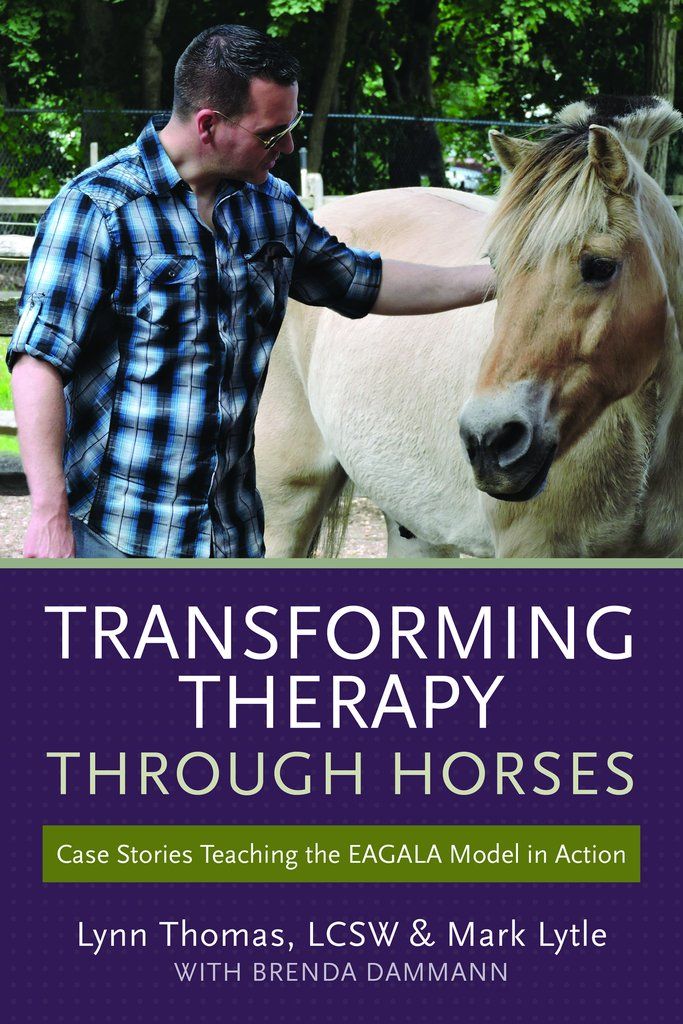 The horse you’re working with picks up on those emotions and pulls back, moving away from you skittishly instead of letting you approach.
The horse you’re working with picks up on those emotions and pulls back, moving away from you skittishly instead of letting you approach.
In response, you try a calming exercise, like deep breathing, that helps ground you and to ease your distress. As you release the tension in your body, you notice the horse seems less nervous toward you.
Anxiety can leave you overwhelmed to the point where you find it difficult to manage emotions or express them clearly, both to yourself and others.
Equine-assisted therapy teaches you to communicate with horses effectively. When you use these skills, the horse will likely engage with you. This can reinforce your faith in your communication skills, bolstering your confidence in your ability to relate to humans.
They can teach vulnerability and trust
As you’ve probably noticed, horses are pretty darn enormous. A fully grown horse can weigh about 1,000 pounds, if not more — a fact that can bring up a certain level of fear and vulnerability, Devoille says.
“The size of the horse can bring up issues of trust and anxiety that can be hard to simulate in a talk therapy setting,” she explains.
To safely interact with a horse, you need to respect them and recognize they may behave in unpredictable ways.
It’s only natural to feel a little vulnerable around such a large animal, but keep in mind that horses are social and receptive to humans. When you respect their boundaries and respond to their behavioral cues with your own gestures and body language, you can build a trusting, cooperative relationship.
Knowing you can successfully engage with such a massive animal may boost your self-confidence and eventually help you feel more at ease when it comes to navigating everyday situations that inspire fear and worry.
They provide a change of place
Equine-assisted therapy happens outdoors, often in a scenic natural environment.
Increasing evidence suggests time in nature can help improve your mood and reduce feelings of anxiety, anger, and stress.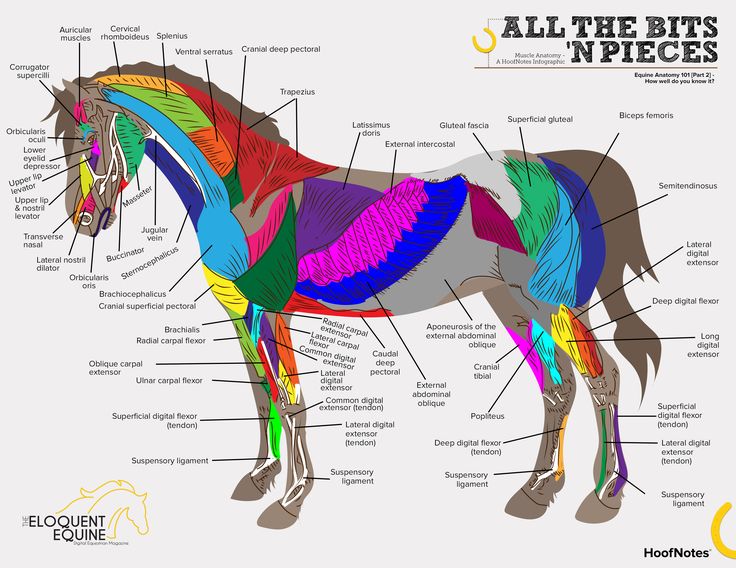 So, you might find the natural setting alone helps soothe some of your ever-present tension and worry, especially if you enjoy spending time outside.
So, you might find the natural setting alone helps soothe some of your ever-present tension and worry, especially if you enjoy spending time outside.
Fisher notes that the new, pleasant setting can be extra beneficial if you haven’t gotten much out of talk therapy and other traditional approaches.
Maybe describing your anxiety in words proves challenging, or you have a hard time naming its source and specific triggers. A change in setting could jump-start this process — particularly when it involves a third party (a horse) who can reflect your mood and emotions.
If your therapist notices you seem unusually tense, frustrated, or on edge, they might point out how the horse responds to you. This could make it easier for you to acknowledge those feelings and eventually prompt a discussion about the issues on your mind.
They can help you learn mindfulness skills
Interacting with a horse requires attention and focus.
For one, you’ll need to watch what the horse does and pay attention to your own actions to make sure you don’t startle or upset them.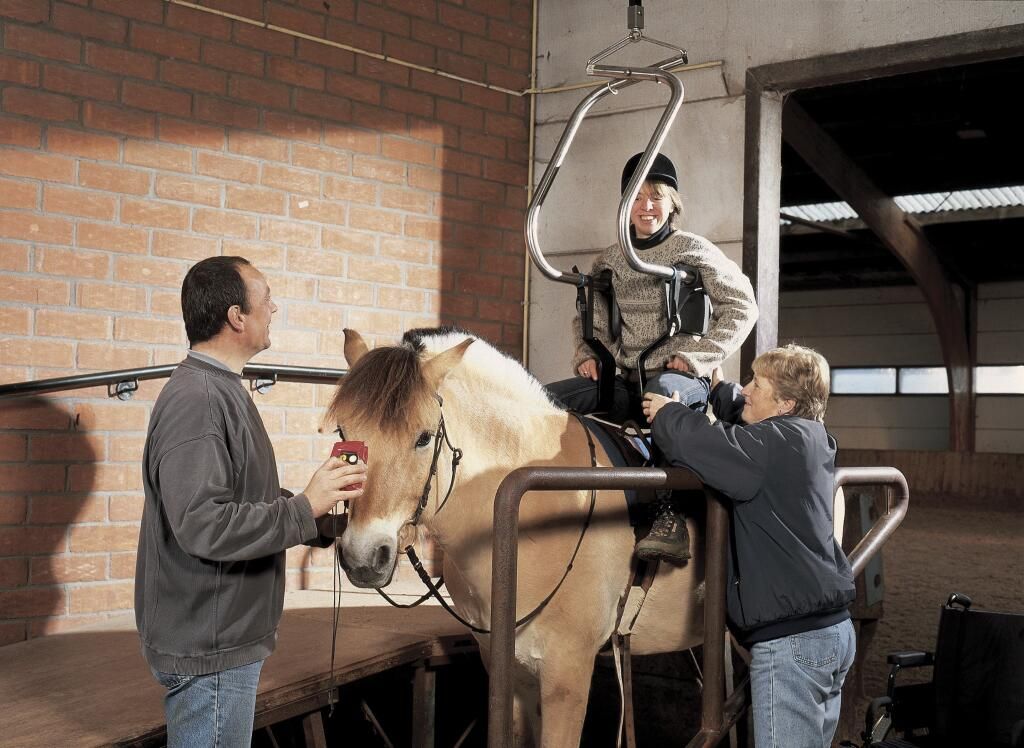
But throughout your session, you’ll also monitor the feedback you get from the horse. Do they seem calm and willing for you to approach and touch them? What do their body language and vocalizations convey? (As part of the therapy process, your therapist will give you more guidance on interpreting horse language.)
All of this requires you to remain in the present moment, without letting thoughts of past events or future ones sweep you off course.
This state of mindfulness, or judgment-free awareness of your emotions and thoughts, physical sensations, and surrounding environment, can promote acceptance, openness, and curiosity. These changes may even last beyond your session, especially as you get in the habit of cultivating mindfulness.
“Equine-assisted therapy may help you reflect on your feelings, behaviors, and interactions with other beings, in large part through your becoming attuned to the reactions of the horse, as horses provide clear and steady feedback that reflects the mood and messages you project,” Fisher says.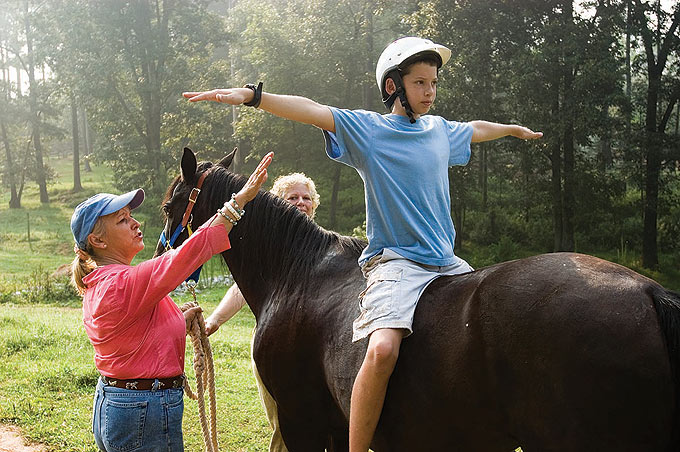
Increased mindfulness can also help interrupt unhelpful patterns or behaviors, including anxiety responses like rumination. This might have particular benefits as you cope with the source of your anxiety.
Take trauma, for instance. Evidence suggests childhood trauma, which might include abandonment or neglect, may contribute to anxiety later in life.
If you’ve experienced trauma, your interactions with horses could bring up the old brain pathways formed when the trauma happened, Devoille explains, giving the example of a horse walking away as you attempt to connect with it. The horse’s response might feel painfully similar to a loved one abandoning you in childhood.
“It’s in those moments we can notice our reactions to those experiences, change our interaction with the horse, and allow for a different experience to occur,” Devoille says.
To date, few studies have explored the benefits of equine-assisted therapy for anxiety specifically, and those that do include fairly small sample sizes. Most research on the benefits of equine-assisted therapy for mental health concerns focuses on PTSD treatment.
Most research on the benefits of equine-assisted therapy for mental health concerns focuses on PTSD treatment.
Yet, as Fisher noted above, PTSD and anxiety do share some symptoms. Previous editions of the “Diagnostic and Statistical Manual of Mental Disorders” (DSM) even included PTSD in the category of anxiety disorders. The most recent edition (DSM-5) lists PTSD as a distinct condition, but experts still acknowledge some overlap in symptoms.
One small 2015 study involved 16 volunteers who experienced symptoms of PTSD, anxiety, depression, and other emotional distress after trauma. After participating in 2-hour sessions of equine-assisted therapy for 6 weeks, they reported:
- reduced symptoms of PTSD
- decreased anxiety and depression
- improved emotional response to the trauma
- improved mindfulness skills
- less alcohol use
A 2018 study evaluated the benefits of equine-assisted therapy for addressing symptoms of anxiety, post-traumatic stress, and other mental health concerns among veterans and their partners.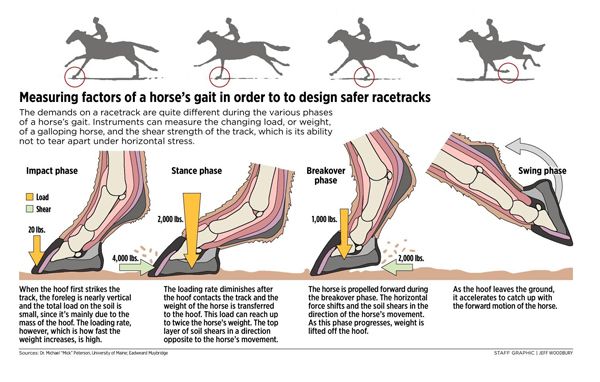 The study, which included 25 veterans and 22 veterans and their partners, took place at a residential therapy course over 5 days.
The study, which included 25 veterans and 22 veterans and their partners, took place at a residential therapy course over 5 days.
At the end of the study, individual veteran participants reported short-term improvements in anxiety, PTSD, stress, and depression, along with happiness and quality of life. And 3 months later, their symptoms had mostly returned to pre-program levels — with the exception of anxiety, which remained slightly lower than at the start of the program.
The couples who participated reported a gradual improvement in anxiety symptoms that continued until the 3-month follow-up.
According to Fisher, participating in equine-assisted therapy may also help you feel more open to other types of therapy. She explains that some participants in the Man O’War Project had avoided therapy in the past, or had negative experiences in therapy.
“After receiving equine-assisted therapy, many felt ready to talk with a mental health professional and attend more traditional treatment modalities,” Fisher says.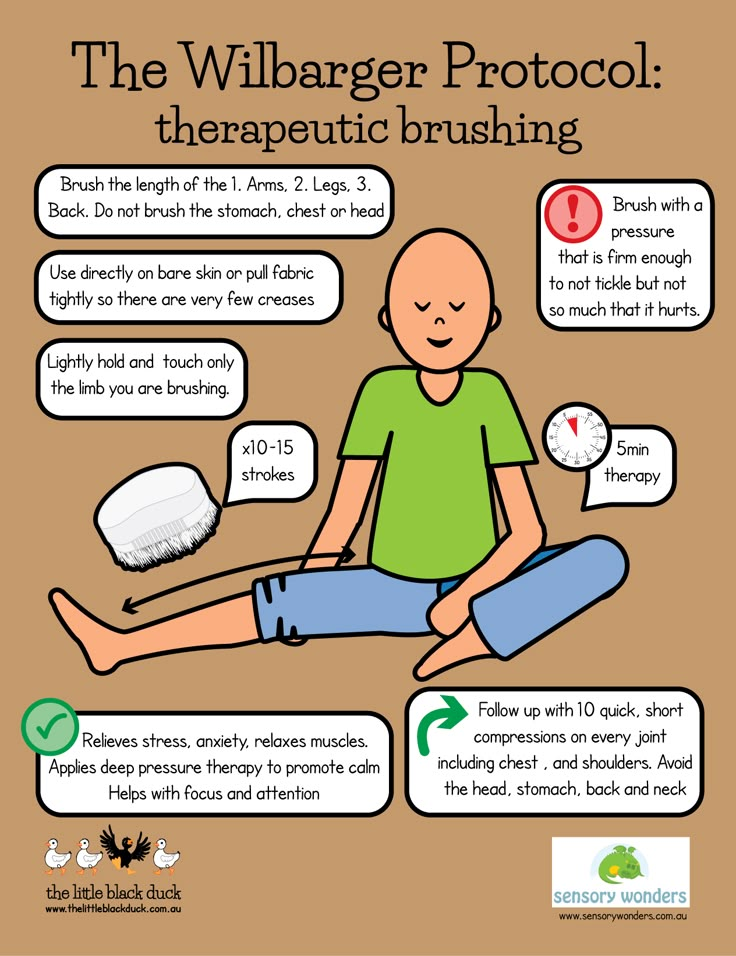
To sum up, existing evidence suggests equine-assisted therapy may have promise as a treatment for anxiety. Still, experts need to conduct randomized controlled trials with larger numbers of participants before they can come to any conclusions about its benefits.
Therapy with horses can be a good option for adolescents and adults, especially those who have had negative therapy experiences, dislike talk therapy, or find it difficult to put feelings into words.
“I love equine therapy for kids and teens who find talk therapy in an office intimidating and uncomfortable. Sometimes just the act of brushing the horse while talking changes the whole experience for them,” Devoille says.
She also recommends the approach for anyone hoping to address relationship issues, social skills, or family dynamics, since equine-assisted therapy helps you practice building a relationship, which can transfer to relationships outside of therapy.
Though it might go without saying, therapy with horses may not be the best option if you have allergies or an intense fear of horses.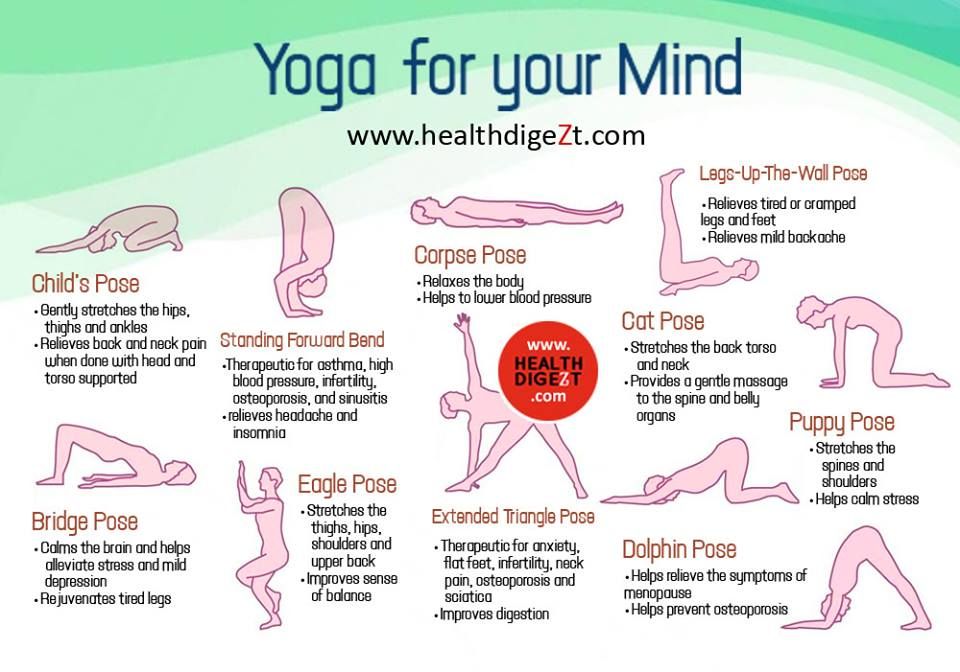 (Though, if you’d like to overcome a fear or phobia of horses, gradual exposure to horses can make a big difference. Just know exposure therapy involves a completely different approach.)
(Though, if you’d like to overcome a fear or phobia of horses, gradual exposure to horses can make a big difference. Just know exposure therapy involves a completely different approach.)
A session of equine-assisted therapy does typically cost more than a traditional talk therapy session.
Devoille, for example, charges $225 for a session of equine-assisted therapy and $160 for a talk therapy session, though she says she often has interns who offer lower rates.
The price you’ll pay will probably depend on several factors, like:
- your location
- the therapist’s experience
- program length (longer workshops and multi-week programs will cost more than a single weekly session)
It never hurts to check whether your insurance covers this approach, but many providers won’t cover equine-assisted therapy for mental health purposes.
The therapist you’re considering can answer any questions you have about their rates and whether they offer low cost options or financial assistance.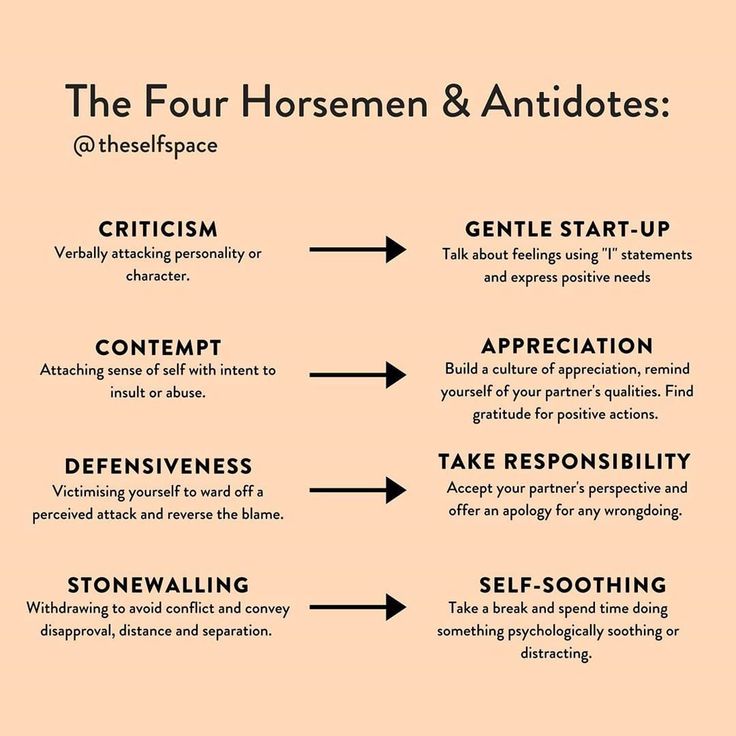
Since equine-assisted therapy is still a newer approach, you may have a harder time finding therapists who offer this treatment.
You can start by checking a therapist directory, or simply doing an internet search for “equine-assisted therapist for anxiety near me.”
Combining therapy approaches?If you plan to try equine-assisted therapy along with talk therapy from another therapist, make sure to let both therapists know so they can collaborate on your treatment, Devoille recommends.
Before choosing a therapist, always feel free to take advantage of their initial consultation and ask them any questions you have about their experience and what each session might involve.
You can also check whether they have any specific certifications, such as those offered by:
- Professional Association of Therapeutic Horsemanship International (PATH Intl.)
- Equine Assisted Growth and Learning Association (EAGALA)
Check out our guide to finding the right therapist.
Evidence doesn’t yet suggest that therapy with horses can replace evidence-backed treatments for anxiety, like cognitive behavioral therapy or exposure therapy.
All the same, many people find caring for horses helps relieve anxiety symptoms while teaching communication and emotion regulation skills that lead to improved everyday interactions.
So, if your progress in talk therapy has stalled, equine-assisted therapy could help you learn to acknowledge and address your anxiety in a new way, with support from a nonjudgmental animal companion.
Crystal Raypole writes for Healthline and Psych Central. Her fields of interest include Japanese translation, cooking, natural sciences, sex positivity, and mental health, along with books, books, and more books. In particular, she’s committed to helping decrease stigma around mental health issues. She lives in Washington with her son and a lovably recalcitrant cat.
Horse riding: trendy fitness - Fitness
Today, the "horse name" is experiencing a real stellar boom. Leading politicians and show business stars, as well as ordinary citizens, are not only fond of various types of equestrian sports, but also get their own horses. And it's not just a fashion or a whim!
Leading politicians and show business stars, as well as ordinary citizens, are not only fond of various types of equestrian sports, but also get their own horses. And it's not just a fashion or a whim!
The horse is a unique "live trainer" that tones all the rider's muscles at once. And a lot of scientific works have been written about the positive psychotherapeutic effect that this animal has on the psycho-emotional state of a person. 5HARE talks about equine therapy, classic and non-traditional equestrian sports, and why centaurs are still so cute and pleasant to us. So, gallop to perfection!
EQUINE THERAPY
Even Hippocrates noticed that soldiers injured in battle recovered faster if they continued to ride. Today, the healing contact between man and horse has a broad scientific base. Hippotherapy is an individual form of rehabilitation that uses gymnastic exercises on a horse. In essence, it is nothing more than a form of physical therapy (exercise therapy), where the horse, the process of riding and the physical exercises performed by a person act as a rehabilitation tool.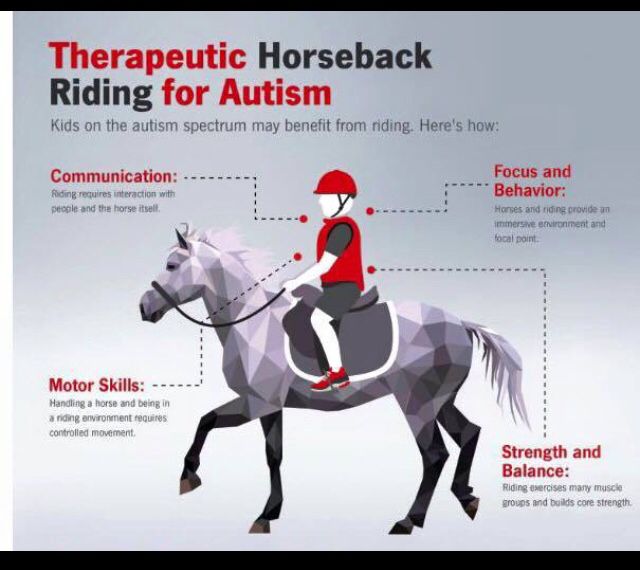 Thanks to this unique therapy, the functions of the vegetative systems are not only improved, but physical deficiencies are also corrected. This method is now widely used throughout the world, representing a facet of psychotherapy and physiotherapy. In other words, the course of hippotherapy has a complex effect on the physical and psycho-emotional state of the patient. And what could be better?
Thanks to this unique therapy, the functions of the vegetative systems are not only improved, but physical deficiencies are also corrected. This method is now widely used throughout the world, representing a facet of psychotherapy and physiotherapy. In other words, the course of hippotherapy has a complex effect on the physical and psycho-emotional state of the patient. And what could be better?
TYPICAL DOUBTS
Of course, hippotherapy may seem, to put it mildly, an exotic proposition (especially for those who believe that some diseases have closed their way to an active life forever), so you should immediately warn your possible objections.
1. Horse riding skills are not required to receive hippotherapy.
2. Hippotherapy "all ages are obedient".
3. Hippotherapy has no restrictions and can be recommended for rehabilitation in case of diseases of various forms and severity (even with group III disability).
WHAT DOES IT LOOKE?
Ideally, you should bring a medical certificate to the hippotherapy center.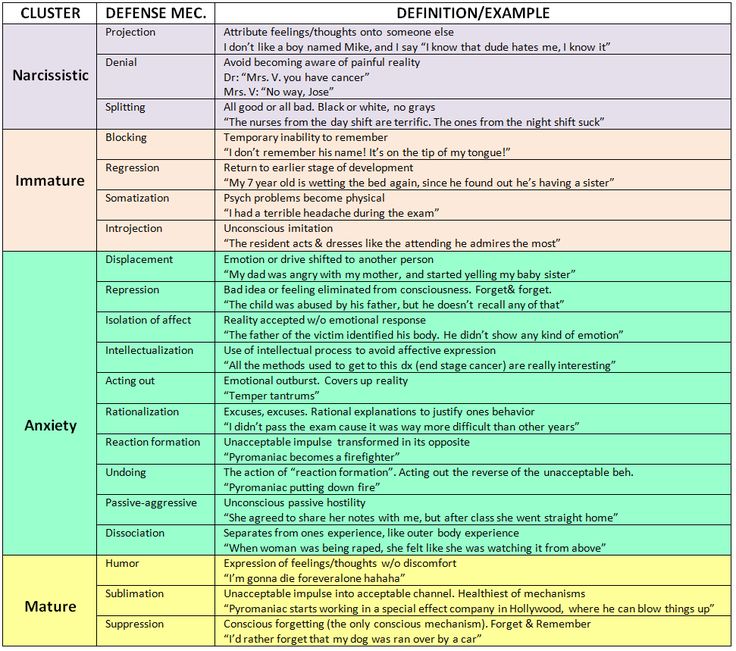 There you will be met by a specialist who will test you again and offer you an INDIVIDUAL COURSE of therapy.
There you will be met by a specialist who will test you again and offer you an INDIVIDUAL COURSE of therapy.
But, unlike riding, you will not control the horse yourself - it will be controlled by the horse breeder. There is also a hippotherapist nearby. The horse is driven mainly by walking. Therefore, do not worry about how you can cope with such a huge animal. All horses participating in therapy are carefully selected by specialists: only the kindest and calmest of these beautiful creatures are allowed to "health activities" and they undergo special training.
MARINA ASFANDYAROVA, a hippotherapist at the ICCI, assures that over more than 15 years of practice, there have been no accidents related to the aggressiveness of the animal. In addition, any hippotherapist always introduces the patient to the horse, gives it a pet, feed, talks about the features of its development, and soon a strong positive emotional connection arises between the “patient” and the “doctor”. Classes are held without a saddle and stirrups in order to increase contact with the horse and make your muscles work more actively (a saddle and stirrups may already appear in therapeutic riding). Sitting on a horse, you will perform various exercises in unusual positions: lying on your back or across the horse, sitting on it backwards, kneeling, touching various objects with your hands, overcoming barriers.
Sitting on a horse, you will perform various exercises in unusual positions: lying on your back or across the horse, sitting on it backwards, kneeling, touching various objects with your hands, overcoming barriers.
A typical example: you had a broken leg - how to restore its motor activity? While walking on crutches, the back and shoulders are subjected to an uneven load, while the muscles of the broken leg dry up, and the healthy one, on the contrary, is overworked. This often results in pain. In this case, hippotherapists will select a program for you that will help to relax the pelvic and shoulder girdle. And thanks to the acquired sense of symmetry, the muscles of the sore leg will strengthen and tone, and the ligaments will become elastic.
WHAT IS THE METHOD UNIQUE AND DIFFERENT FROM ANY OTHER TYPE OF LFC?
1. Features of the movement of the horse. The horse transmits to the patient 90-110 multidirectional motor impulses per minute.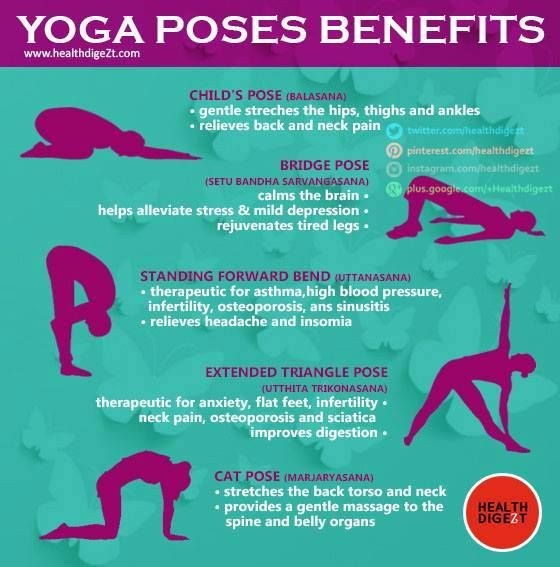 That is, while riding, you feel three-dimensional vibrations: up-down, right-left, left-right. Sitting on a horse, moving with it, you instinctively try to maintain balance so as not to fall, and thereby encourage both healthy and affected muscles to work actively, without noticing it. As a result, ALL major muscle groups work. The horse is the best trainer! . The body temperature of a horse is 1-1.5 degrees higher than that of a human. And since the classes are held without a saddle and stirrups, the heat of the horse when your bodies come into contact will act as a warming, stimulating and at the same time relaxing massage.
That is, while riding, you feel three-dimensional vibrations: up-down, right-left, left-right. Sitting on a horse, moving with it, you instinctively try to maintain balance so as not to fall, and thereby encourage both healthy and affected muscles to work actively, without noticing it. As a result, ALL major muscle groups work. The horse is the best trainer! . The body temperature of a horse is 1-1.5 degrees higher than that of a human. And since the classes are held without a saddle and stirrups, the heat of the horse when your bodies come into contact will act as a warming, stimulating and at the same time relaxing massage.
2. Wide range of applications and no contraindications: for example, horseback riding never causes cardiac problems for the rider (it is even used for the rehabilitation of patients after myocardial infarction).
3. Classes are held outdoors, which further enhances blood circulation.
4. When a person comes to hippotherapy classes, he sees in front of him not people in white coats, but an arena, a horse and an instructor. The rehabilitation process is perceived by the rider as learning how to ride, rather than as an "unbearably nasty but beneficial" course of treatment.
The rehabilitation process is perceived by the rider as learning how to ride, rather than as an "unbearably nasty but beneficial" course of treatment.
5. Given the nature of the course, you can't shirk. There is a special system of communication, which has a powerful psychotherapeutic and intellectual impact. There is constant contact: the patient, the horse, the breeder and the hippotherapist (sometimes his assistants). During the procedures, you will be forced to instinctively turn on all your attention.
6. Thanks to hippotherapy, many disabled people began to engage in therapeutic riding, and then sports riding and got the opportunity to participate in the Paralympic Games in equestrian sports. And it helped children with disabilities to better integrate into society.
Equestrian Sports
Regardless of which sport you choose, it will take approximately half a year (if you are in the arena 1-3 times a week) just to learn how to ride a horse.
Where to?
Choose a good club: read reviews about it on the forums, do your own mini-research. Many clubs are moving out of town.
Clothes.
It is unlikely that you will be told to immediately buy breeches and boots. It is quite possible to come to the first classes in narrow trousers (wide trousers will gather into folds and rub) or in jeans and low-heeled shoes (in sneakers, for example, the legs will fall into the stirrups, and this is unsafe).
First time.
The horse will be given to you at the base, but get ready for the fact that if your hobby develops into a love for life, you will have to think about buying your four-legged friend. First, they will put you on a horse and tell you exactly how to sit, how to properly balance, show several exercises (depending on the direction) aimed at loosening the seat and developing the right balance.
The trainer will control the horse. Most likely, at first it will be led on a lead, so that you just get used to the sensations.
Most likely, at first it will be led on a lead, so that you just get used to the sensations.
Typical doubts.
You do not require any outstanding physical fitness. There are no special contraindications for riding. On the contrary, with certain problems with the spine, equestrianism is very effective. Age does not matter - there are international-class masters who successfully perform even at the age of 55
Which sport to choose?
Jumping - overcoming obstacles, of course, implies a more extreme attitude to life. Dressage has something of a training side to it, so it requires a more patient, meditative nature.
Personal experience of photo editor EKATERINA BUTSUKINA: “The most important thing is to learn how to feel a horse (the analogy with “feeling a car” is largely justified). It is helpful to learn how to groom and saddle the horse yourself, as this will enhance the contact.
The first task is to learn how to control the horse on the walk: "to send" - to give the command to go, stop and turn.
Correct sitting: straight back, arms bent at the elbows, fists close at the withers of the horse, emphasis on the inside of the thigh, knees not turned to the sides, but pressed to the sides of the horse. Complexity of control: to give the horse momentum, you need to make a lot of body movements - both with your arms, legs, and body. That's what gets worked out in training."
CLASSIC (OLYMPIC) Equestrian Sports
DRESSAGE is a higher riding school. The sport in which the rider must demonstrate: the ability of the horse to move correctly in all gaits, correct stance, reining back (moving backwards), movements with side bends, complex movements (pirouettes, change of leg at a canter in 4-1 pace, passage, piaf -fe). When performing these exercises, the horse moves, maintaining one or another position of the body, corresponding to the number of the program. The actions of the rider should be almost imperceptible. The general appearance of the horse, its harmony and natural ability for elastic, beautiful movements are also evaluated.
JUMPING (overcoming obstacles) is the most massive and popular type of equestrian sport. In this event, the rider must pass the route, overcoming the obstacles installed on it, consisting of separate wooden parts. (The route usually consists of 8 obstacles.) When touched, they are easily destroyed, thereby protecting participants from injury and falls. The height of the obstacles depends on the class of the competition: in the classic show jumping - up to 60 cm, in competitions for the power of the jump - from 80 cm and above.
Jumping competitions are quite varied in nature. They may follow a predetermined route with a specific sequence of jumps, and sometimes the rider is given the opportunity to choose the route himself. There are competitions in which only part of the obstacles are overcome (at the discretion of the rider), relay races with the participation of two athletes and a number of others.
Author: Anna Afonina
Strange methods of psychotherapy - LET THE TIME OF YOUR CHANGE WORK FOR YOU! — LiveJournal
When you think of psychotherapy, you most likely imagine patients relaxing on the couch, venting all their emotions to an intelligent and calm person who is ready to listen and give good advice.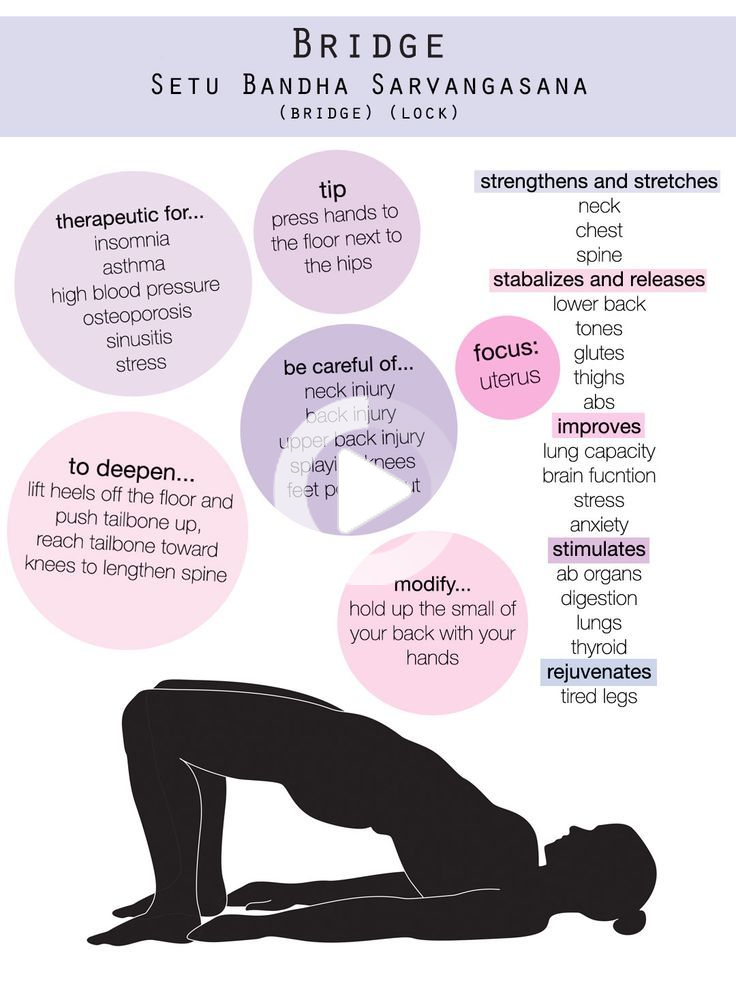 “Tell me about your childhood,” says the therapist, puffing on his cigar. In reality, this is just a popularized image of a psychotherapist by Hollywood, and treatment often takes place in slightly different conditions.
“Tell me about your childhood,” says the therapist, puffing on his cigar. In reality, this is just a popularized image of a psychotherapist by Hollywood, and treatment often takes place in slightly different conditions.
Horse riding is no longer a luxury for the rich. The impressive size and emotionally intelligent nature of the horse makes it an excellent therapeutic partner for troubled youth, drug addicts and people with disabilities. Learning to care for and ride these gentle giants can be a way to develop important survival skills, self-confidence and patience. Equine therapy is seen as more fun than work and thus patients feel more open to development as they learn to take care of themselves and their animal friend.
Since horses can weigh up to 900 kilograms and have a shy nature, patients gain practical skills in overcoming fears. Anger and anxiety have no place in the saddle, so restless youth in dealing with these emotions may find that working with a horse helps to form new patterns of positive behavior.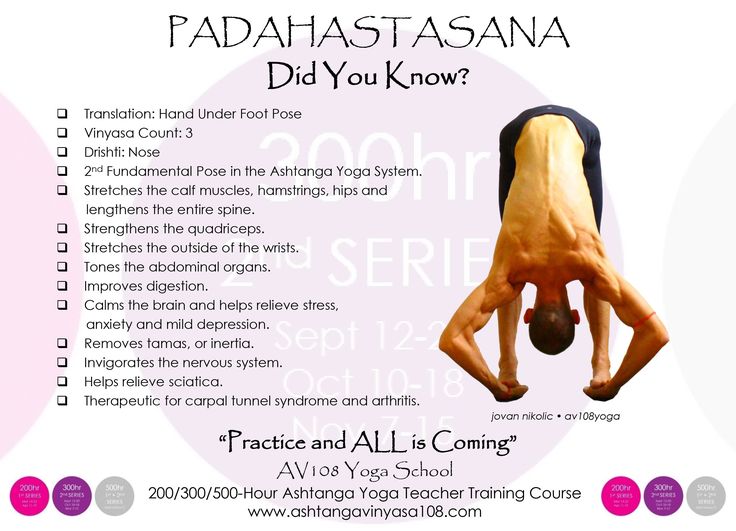 Taking care of a horse and its equipment, and learning how to overcome fears can be a powerful impetus for solving other problems in life.
Taking care of a horse and its equipment, and learning how to overcome fears can be a powerful impetus for solving other problems in life.
Horses are not the only animals that help people understand their feelings; elephants, dolphins, monkeys and many other animals are also used for therapeutic purposes.
Nude psychotherapy
Although the art is now forgotten, the exposure of the body and soul in nude therapy sessions was in vogue in the late 1960s. At the forefront of this movement was Paul Bindrim, a quirky psychologist who believed that nudity allowed people to get rid of social expectations created by clothing and deal directly with most of their private emotions. During group therapy sessions, Bindrim preached that by dropping shirts and ties, people could explore repressed thoughts, forget marital troubles, and achieve "peak experience," a euphoric state that can only be achieved through self-knowledge.
Seekers of the nu-truth were happy to spend a few days exposing their deepest secrets through simple exercises designed by Bindrim to help build trust and openness.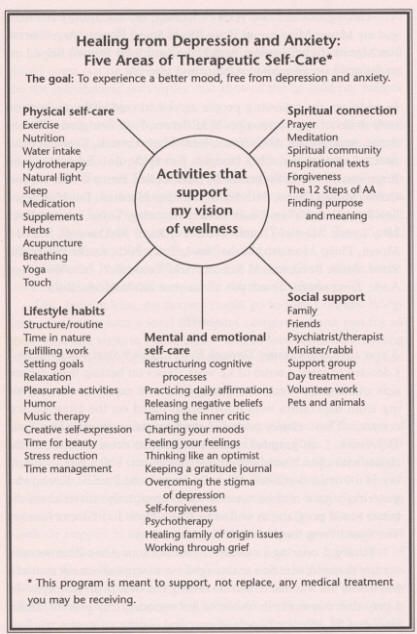 The activities included everything from looking deeply into a partner's eyes to carefully examining each other's genitals in an exercise called "crotch examination." Bindrim taught that true liberation from negative thoughts can only be achieved when one can expose one's most intimate parts and organs. Looking directly at what man considered the source of all troubles was the means to that end. Groups of participants swam, meditated, hugged and expressed anger, all in newborn costumes.
The activities included everything from looking deeply into a partner's eyes to carefully examining each other's genitals in an exercise called "crotch examination." Bindrim taught that true liberation from negative thoughts can only be achieved when one can expose one's most intimate parts and organs. Looking directly at what man considered the source of all troubles was the means to that end. Groups of participants swam, meditated, hugged and expressed anger, all in newborn costumes.
As the socially liberal climate of the 1960s declined, so did the popularity of nude therapy. Bindrim felt pricked by conservative critics, his naked marathon programs seemed to fall out of favor with changes in society. California's Institute for the Study of Man offers intimacy and sexuality courses to participants, some with the choice of forgoing clothing in order to achieve their goals.
Sometimes the best treatment is in the company of kings and queens.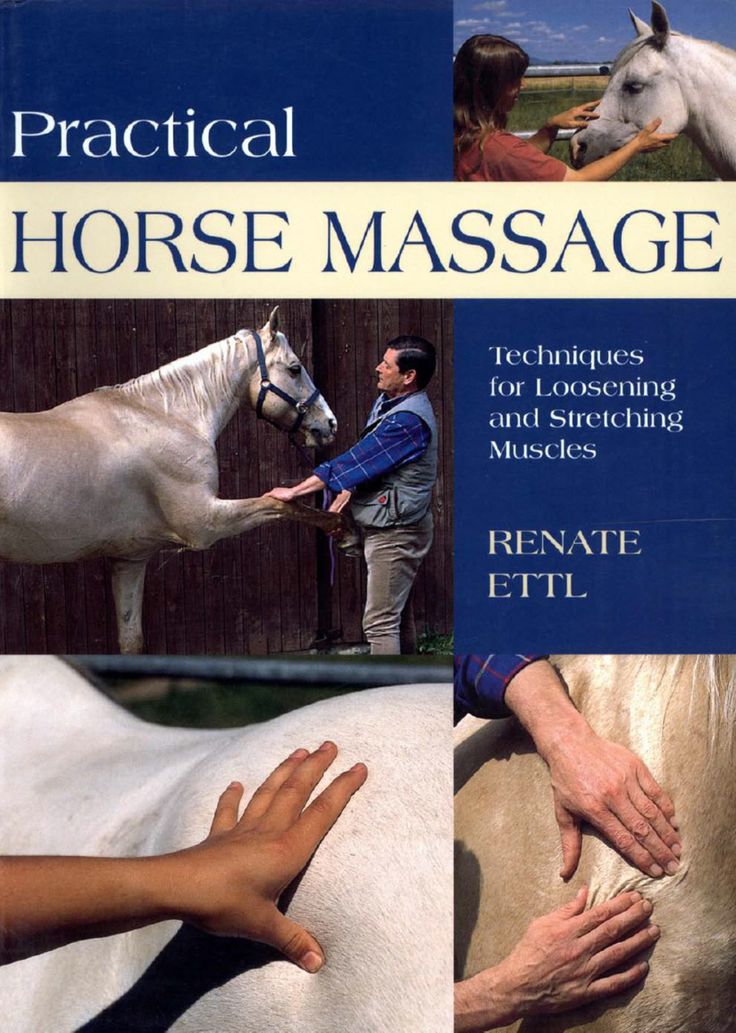 In chess therapy, patients get a clear picture of their feelings. This method is used to treat patients who have trouble communicating verbally. The idea of using board games to help patients acquire undeveloped skills was pioneered by the Persian scholar Razi during his tenure as head physician at a hospital in Baghdad. Since then, the game of chess has been used to replace real problems, allowing patients to gain skills such as conflict resolution and the absence of fear in decision making.
In chess therapy, patients get a clear picture of their feelings. This method is used to treat patients who have trouble communicating verbally. The idea of using board games to help patients acquire undeveloped skills was pioneered by the Persian scholar Razi during his tenure as head physician at a hospital in Baghdad. Since then, the game of chess has been used to replace real problems, allowing patients to gain skills such as conflict resolution and the absence of fear in decision making.
One case study reports that chess was an excellent outlet for a 16-year-old boy with schizoid personality disorder who felt emotionally isolated from other people. While he struggled to form a relationship, playing chess helped him see his doctor as a partner and confidant. During therapy sessions, he felt safe sharing his partner's feelings and joking all the time when discussing his next move.
Rooks and pawns allow patients to discover the secrets of life. And often the decision to move a piece in a certain way can turn into a big problem.
Wildlife therapy
If there is a tent and a fire is burning, then the doctor has come. Nature therapy is a successful and sometimes controversial way to help troubled youth learn life and social skills. Intensive group therapy and one-on-one sessions, combined with activities such as climbing and fishing, instill self-confidence and responsibility. The programs promise to change even the most rebellious offenders, including juvenile delinquents and teenagers with depression, people with control problems or behavioral disorders.
While natural therapies can be effective, some methods have come under fire as unethical and sometimes outright offensive to young people. This type of therapy does not require special permission, so not all programs are developed by qualified specialists. A closer look at some of the "therapy" groups revealed that they were just military boot camps with little mental health benefit.
Steve Cartisano, founder of the Challenger Foundation and several other programs in the US and South America, is best known for his controversial natural therapy programs.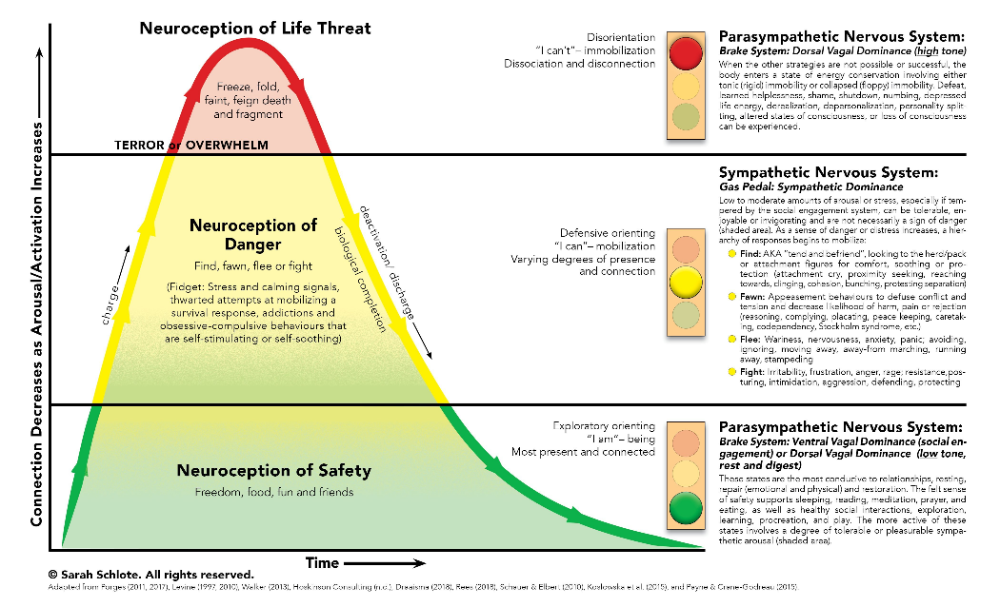 Cartisano faced charges of negligent homicide when two teenagers died while on a field trip where he was group leader. Although he was acquitted and the charge was dropped, rumors of abuse followed him wherever he tried to resume his activities. He maintains his innocence and dedication to helping youth, but his whereabouts are currently unknown.
Cartisano faced charges of negligent homicide when two teenagers died while on a field trip where he was group leader. Although he was acquitted and the charge was dropped, rumors of abuse followed him wherever he tried to resume his activities. He maintains his innocence and dedication to helping youth, but his whereabouts are currently unknown.
Although the controversy continues and the risk of accidents still exists, simply because it is nature, this type of therapy can be a creative way to promote life skills when other methods have failed.
Hypnotherapy
Hypnosis may seem like a magic trick, but it actually has the power to help people get into their subconscious to get to the root of their problems, such as smoking or overeating. Hypnotherapy helps patients change unwanted behaviors and suggests new behavioral patterns during meditation sessions.
The feeling of detachment that occurs, for example, while driving long distances or when you lie on the beach, this is what a hypnotic state is like.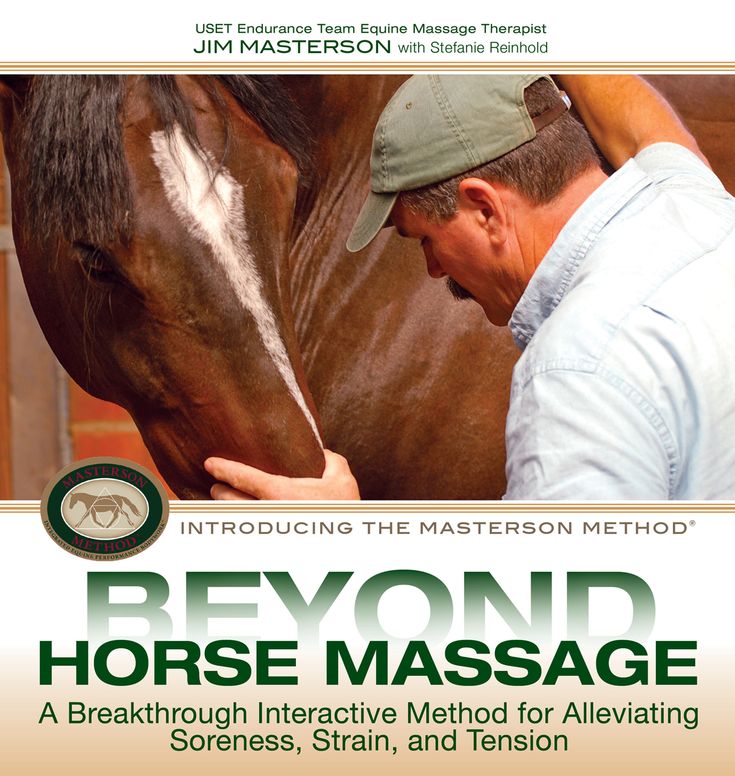 While under hypnosis, the patient does not sleep, but is extremely relaxed and susceptible to suggestion. Psychotherapists who use this method believe that while under hypnosis, the patient can uncover subconscious negativity and replace it with new ways of thinking or feeling.
While under hypnosis, the patient does not sleep, but is extremely relaxed and susceptible to suggestion. Psychotherapists who use this method believe that while under hypnosis, the patient can uncover subconscious negativity and replace it with new ways of thinking or feeling.
Experienced hypnotherapists begin the process with relaxation exercises to clear the mind and release tension. (Think of the classic phrase, “You really want to sleep.”) The hypnotist then skillfully guides the patient with suggestions that can solve the problem, such as making healthy food choices or eating small meals if you want to lose weight. At this point, the brain is like a sponge absorbing these recommendations and incorporating them into new thought patterns.
Hypnotherapy is intended to be used in conjunction with regular talking therapy, not just as a standalone therapy. Patients can even learn self-hypnosis to overcome stressful conditions without assistance.
Sand Therapy
Building sandcastles is a favorite summer pastime for many readers, but it turns out that building sandcastles can also have a healing effect.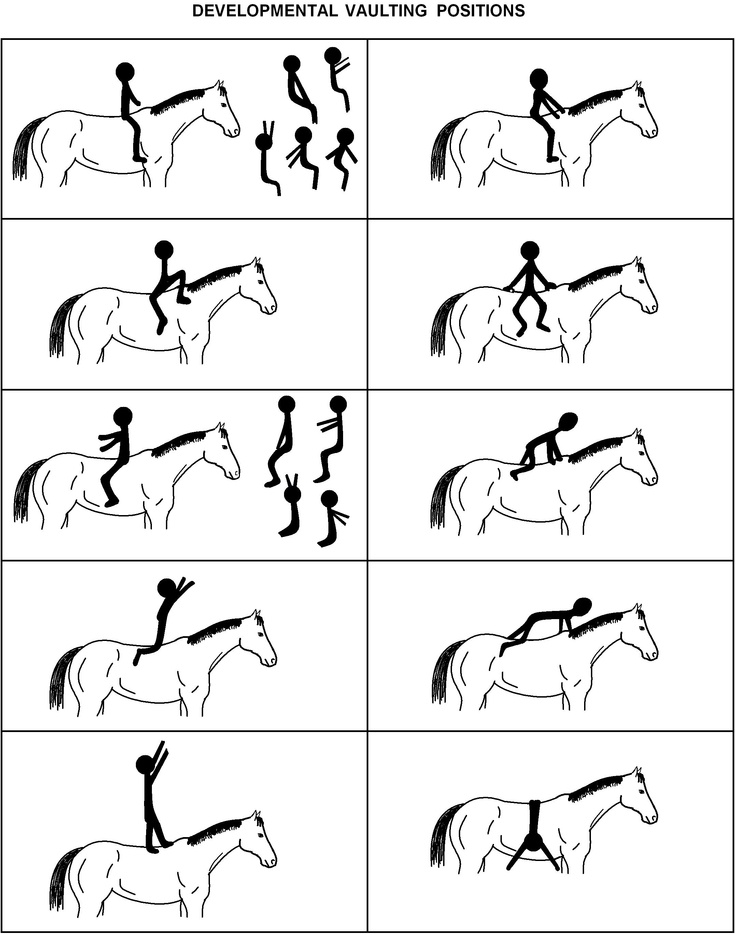 Much like chess therapy, sand therapy is designed to deal with the inability to express one's feelings by designing scenarios for the figures in the sandbox. Children, and sometimes adults, switch their senses to expressive creations without the need to speak.
Much like chess therapy, sand therapy is designed to deal with the inability to express one's feelings by designing scenarios for the figures in the sandbox. Children, and sometimes adults, switch their senses to expressive creations without the need to speak.
Inspired by the teachings of Carl Jung, Swiss psychologist Dora Kalff developed sandplay to communicate with patients who might have difficulty expressing their feelings as a result of trauma or abuse. Patients receive sand trays and various figurines. They are tasked with creating toy stories and simulation games that often reflect real issues in the patient's life.
Therapists are trained to understand these symbols. When the child makes the adult figures act aggressively and the child figures nervous, the therapist may ask the child to explain why the adults so frightened the little children in his gritty reality. A conversation about toys can subtly switch to details about resentment from parents and back. While talking about trauma or abuse can be difficult, sandplay sets the stage for healing conversation.
Overflow Therapy
Phobias, extreme and irrational fears can cause a lot of anxiety and suffering. But don't worry, fear of spiders, dogs, and even elevators can be dealt with through "overflow," an intensive therapy technique in the form of creating a situation that forces patients to face their fears.
Irrational fears can be cured by bringing the patient to the feared object for a long period of time - this is exposure therapy. For example, a person who wants to get rid of their fear of dogs may start by simply looking at pictures of dogs under the supervision of qualified professionals. The therapy continues, and moves on to face-to-face encounters with dogs and ultimately leads the patient to dare to pet a cute puppy. The slow pace of learning to overcome fears has been shown to be effective and has high rates in the treatment of anxiety, phobias, and post-traumatic stress disorder.
Overflow therapy works in the same way as impact therapy, except that there is no gradualness in the latter.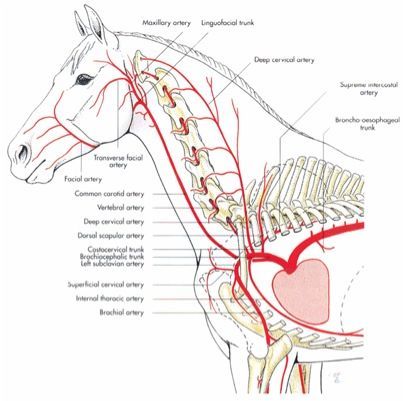 Patients are offered a face-to-face meeting with the object of the phobia during the first visit. There is no gradual getting used to the object, and the techniques can be quite intense. People who are afraid of dogs will be invited to play with the puppy right away, and those who hate the elevator will ride the elevator all their first lesson without a break. The therapy elicits a strong anxiety reaction that, in theory, will exhaust the patient's fear and eliminate the irrational fear.
Patients are offered a face-to-face meeting with the object of the phobia during the first visit. There is no gradual getting used to the object, and the techniques can be quite intense. People who are afraid of dogs will be invited to play with the puppy right away, and those who hate the elevator will ride the elevator all their first lesson without a break. The therapy elicits a strong anxiety reaction that, in theory, will exhaust the patient's fear and eliminate the irrational fear.
Some critics say that intense treatments may not have a therapeutic effect, but only further traumatize people who are already struggling with extreme fear. In some cases, the overflow actually reinforces the phobias. There is no way to know in advance how well a patient will respond to overflow therapy. Therefore, psychotherapists came to a consensus that - you go quieter, you will continue.
Puppet Therapy
Dragons, pigs and puppies can help you learn to deal with an overbearing boss, an annoying neighbor, or a restless child. Puppets play an important role in therapy by helping patients express emotions and practice difficult conversations in the safe company of a stuffed animal. By practicing assertiveness with a toothy tiger toy, patients are more free to fend for themselves outside of therapy. The puppets make it easier for patients, especially children, to acquire skills in expressing complex emotions, assist in discussing disorders, or practice social skills in a playful way.
Puppets play an important role in therapy by helping patients express emotions and practice difficult conversations in the safe company of a stuffed animal. By practicing assertiveness with a toothy tiger toy, patients are more free to fend for themselves outside of therapy. The puppets make it easier for patients, especially children, to acquire skills in expressing complex emotions, assist in discussing disorders, or practice social skills in a playful way.
The puppets create a safe distance between the doctor and the patient, so that the latter feels more comfortable speaking through the puppet. Trained clinicians can creatively identify a child's problems, making it easier to move on to complex topics. For example, a girl who is afraid of moving to a new city is told that the doll has also just moved.
The therapist talks to the doll, not the patient, allowing the patient to say whatever he feels. Dolls and other forms of play therapy have proven to be a great way to teach autistic children social skills and practice imaginative thinking.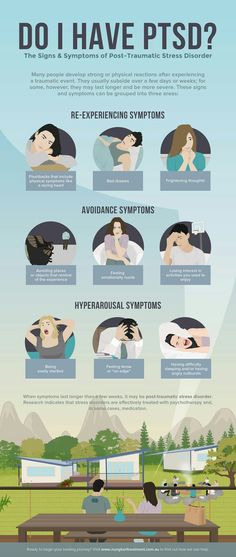
Horticultural therapy
Imagine how much patience and knowledge it takes to grow a strong tree from a tiny seed. To instill these skills, in horticultural therapy, physicians combine a love of nature with their expertise in mental health. Just as equine therapy uses a horse to teach life skills, horticultural therapists use plants to instill those same skills. Working in prisons, hospitals and nursing homes, doctors start the conversation by gardening or filling feeders with pine cones.
While the group is planting flowers or tending the garden, doctors have conversations about trust and teamwork. Horticultural therapy is especially beneficial for people with disabilities. Programs may be designed for people in wheelchairs or with other special needs. Anyone can enjoy the happiness of watching a flower grow. It can be a great source of pride to see the seeds germinate and to feel that you have an important role to play in the process. By merging with nature, patients acquire peace of mind, in order to then transfer it into their own lives.





